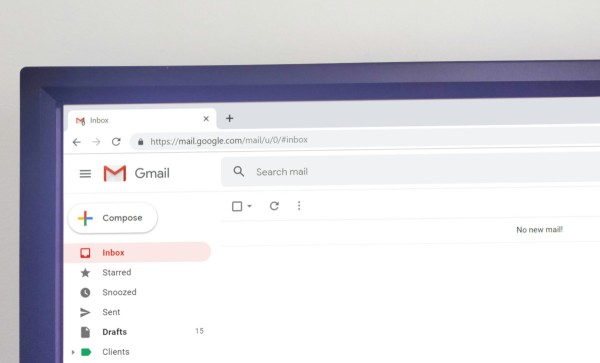The conversion rate is often used, but not only for newsletters. With online shops, but also with normal websites, it shows the success - the conversion. It is also an important indicator for email newsletters. Typical conversions are the purchase of a product or the downloading of white papers. Contacting someone via the newsletter can also be a conversion. Thus, the delivery, open and click-through rates are merely values on the path that should lead to a conversion.
The number reflects the proportion of recipients who have triggered a conversion. A newsletter is all the more successful the higher this key figure is. As a rule, conversion is determined in connection with web analysis systems. Via specially created URL links, the conversions on the website can be clearly assigned to a trigger - thus also to a newsletter.
However, there are not only direct conversions, but also indirect conversions. These are, for example, purchases that are only realised during a subsequent visit to the website. It is important for the conversion that the newsletter is well structured, has the appropriate call-to-actions and therefore encourages a conversion. If necessary, you can also measure the effect of different response elements against each other using A/B testing.
Conversion Rate from Newsletters
Photo by Austin Distel on Unsplash




